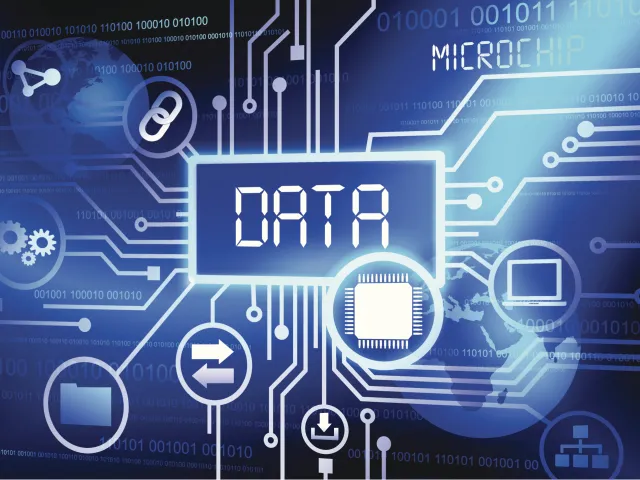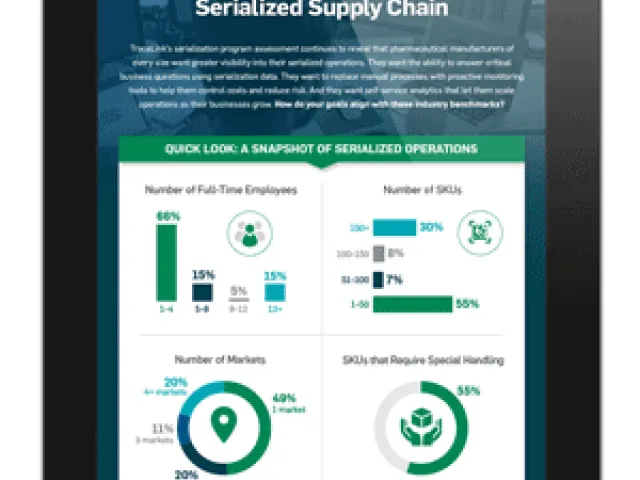As you begin to tackle regulatory compliance, you’ll hear references to the different “levels” of serialization. Each "level" is a stage of the serialization process, primarily focused on information management and exchange. If you lack any of the components at each level, you put your business at risk of costly and time-consuming mistakes in the field.
While the packaging-related issues receive most of the focus, it’s important to start at the highest level of serialization and information management. Here's what each level represents:
Level 5 – Network
A global network enables management of all serialization and regulatory data with partners, customers, and regulatory authorities. Provided by a serialization solution vendor with a global supply chain network.
Level 4 – Enterprise
A global enterprise system enables management of all serialization and regulatory data and business processes. Provided by a serialization solution vendor, an L4 is necessary to manage and verify the data that must accompany each serial number. When you begin serialization on the packaging line (L1-L3), you must at the same time determine how you will use and integrate the lines with your enterprise architecture (L4).
Level 3 – Site-level serialization
Software that allocates serial numbers to lines, verifies the integrity of information submitted to the enterprise system and performs changes to aggregation hierarchies and processing of shipments. Traditionally provided by individual line management system (LMS) vendors to work with their specific equipment, but LMS-agnostic site servers that can work with different line systems are beginning to emerge.
Level 2 – Packaging pick/pack
Line software that maps with your L1 to manage hardware and printing systems in conjunction with your packaging line. L2 software manages devices that serialize and pack product and supports device integration with site systems for conducting warehouse operations. Provided by LMS vendors.
Level 1 – Device
This includes hardware devices such as cameras, printers, and vision inspection equipment that perform printing, vision inspection, rejection, and materials-handling on the line. Provided by LMS vendors.
At every level of serialization, leveraging interconnectivity and interoperability is vitally important—the decisions you make today can impact the operational performance of trade partners, suppliers, government agencies, and customers. That’s important to keep top of mind when deciding on systems best-suited for your business.
To gain a deeper understanding of the basics of serialization, download our Serialization: Where to Begin eBook.








